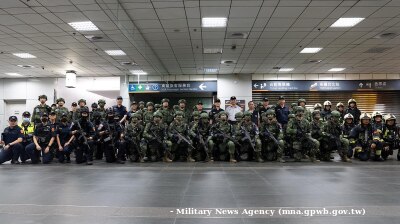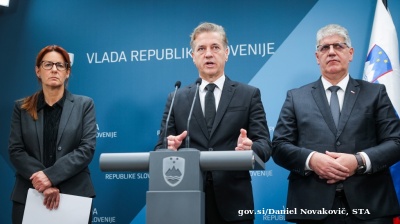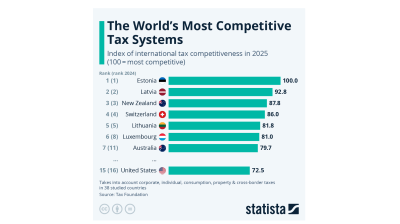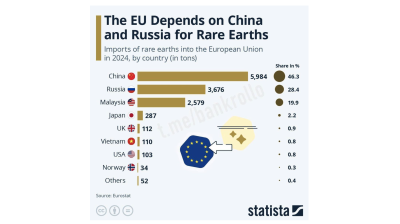Central and Eastern Europe (CEE) must find a new growth model as foreign direct investment (FDI) inflows into the region slump to their lowest level in a decade, according to Richard Grieveson, deputy director at the Vienna Institute for International Economic Studies (wiiw).
“FDI inflows as a share of GDP are pretty much at a 10-year low,” Grieveson said in a recent webinar hosted by wiiw. “They were running at over 6% just before Russia invaded Ukraine, and are now down to 2%.”
He attributed the fall in investment to rising labour costs and persistent geopolitical risks. “Labour costs are up, and the geopolitical risk factor is certainly there — clearly affecting the economies in the region via various channels,” he said.
Competitiveness under pressure
Since 2020, the twin shocks of the pandemic and Russia’s invasion of Ukraine have strained CEE economies. Inflation and energy price surges have compounded the impact of rising wages, eroding the region’s traditional cost advantage.
“Czechia and Poland — two of the region’s strongest economies — have lost 30% in cost competitiveness since 2020,” Grieveson said. “For real labour productivity versus unit labour costs, there is quite a dramatic negative story. Productivity increased a bit, at least in Romania and Poland, but labour costs have gone up much, much more.”
Over the past decade, nominal wages have surged by more than 200% in some countries, according to wiiw. “There has been a huge cost competitiveness shock to the region,” he said. “They will have to invest to offset this if they want to maintain their business.”
End of the cheap-labour model
Grieveson said the CEE’s long-standing model of attracting FDI through low labour costs has reached its limits. “The model of attracting FDI based on cheap labour is over for the region and it needs a new model — a new kind of growth driver,” he said.
The war in Ukraine and subsequent inflation surge accelerated this shift. “People are saying it has to get out of this profile and move up the value chain. Because of the war, inflation shot up, and the model will not work any more,” he added.
While demographic decline and inflation shocks pose risks, they may also spur innovation and structural change. “We think this can be a positive story, given that demographic pressure is extreme on the labour market and negative population trends are going to continue in the next decade,” Grieveson said.
“Demographic pressures and inflation shocks could produce a big drive towards automation and a shift up the value chain. This is by no means guaranteed, but there is a logic to this and it’s at least a possible scenario — if policymakers and businesses make the right decisions.”
Firms still positive
Despite the drop in FDI inflows, investor sentiment towards the region remains resilient. “What’s good is that firms are pretty positive about this region,” Grieveson said, citing a wiiw survey that shows a “very high share” of firms plan to increase investment in the region next year.
However, the focus of these investments is shifting. “When it comes to why firms will invest, we think this is less about increasing capacity — except in defence,” he said. “We think investment is going to be much more about automation in manufacturing and AI. Due to the labour constraints, labour tightness is the fundamental driver of investment.”
In countries such as Czechia and Poland, capacity utilisation remains moderate by historical standards, but labour demand is near record highs. “Firms also have a real need to invest, not only because of labour constraints, but because of the cost implications of these constraints,” Grieveson added. “Firms really have to invest in productivity upgrading to offset the loss over the last few years.”
Geopolitical shifts
The shifting geopolitical environment is already reshaping the region’s economic profile. One of the most visible effects is higher defence spending as Nato members boost budgets in response to security concerns.
“Based on our calculations — which assume that Nato members will increase defence spending as they have said they will, including some domestic spending — we see a positive impact on GDP,” Grieveson said.
Among Nato members, the biggest impact will be in the Baltic states, where additional defence spending could add between 0.8% and 0.7% of GDP, he said. “There will also be quite a big impact in Germany, especially. By 2027 we expect to see German defence firms making investments in Eastern Europe.”
Features
KSE: Ukraine is facing a $53bn budget shortfall, but economy is stable for now
Ukraine is in urgent need of additional financing from partners as the continuation of the war drives up defence spending and reconstruction needs, jeopardizes budget financing, weighs on the balance of payments, and slows economic growth.

PANNIER: Ruling family’s ‘palace in the sky’ cruel sight for Turkmenistan’s poor souls down below
Photos posted of renovated Boeing by US makeover manager offer further insight into "ultra-luxurious" world enjoyed by Berdimuhamedovs.

Russia tax service targets Russian accounts in UAE
The Russian Federal Tax Service (FTS) has ramped up its scrutiny of Russian nationals holding accounts in the United Arab Emirates, following the effective implementation of automatic tax information exchange between the two countries.
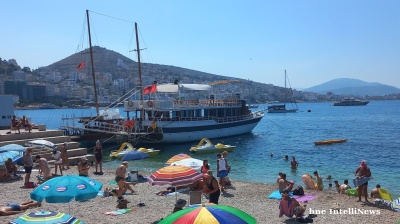
INTERVIEW: Can Albania’s tourism miracle last?
As social media brings in the crowds, the head of the Albanian Tour Operators Association tells bne IntelliNews Albania should turn away from mass-market tourism and focus on higher-value offerings.
